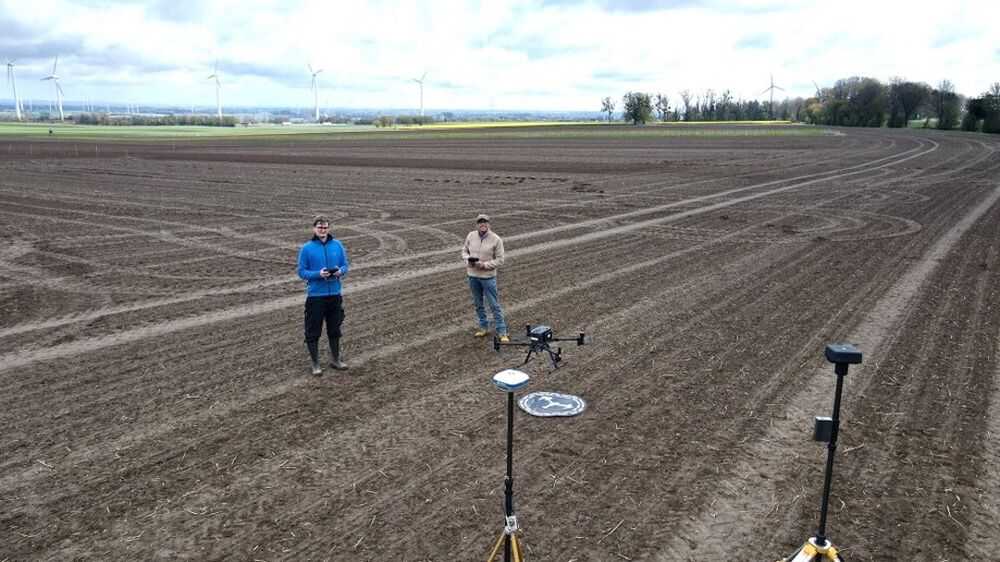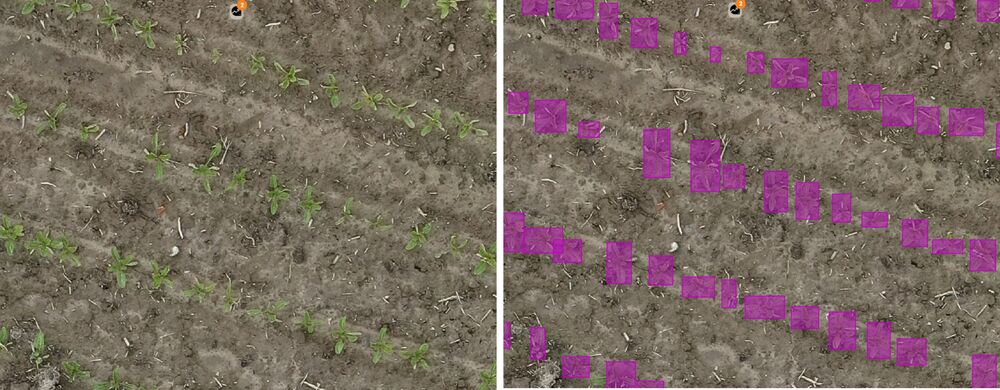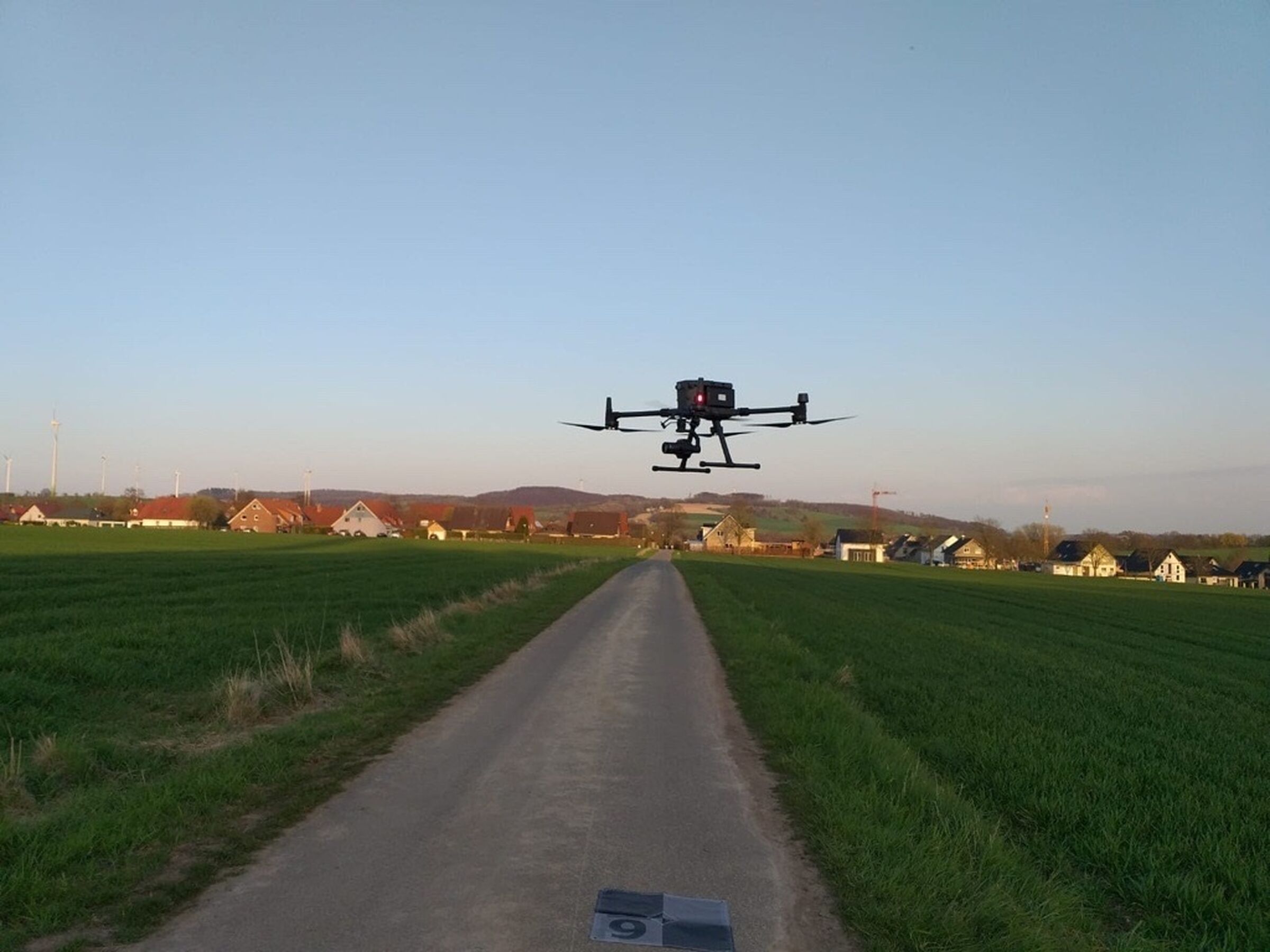Remote sensing – Sense of Field
In 2016, SESVanderHave and VITO started working together on several drone-based phenotyping projects for disease monitoring, including the BELSPO-funded BEETPHEN project.
Recently SESVanderHave, VITO and Biometris (a spin-off of the University of Wageningen) started a collaborative project called ‘Sense of Field’ which is supported by VLAIO (Vlaams Agentschap Innoveren & Ondernemen).
At SESVanderHave, we already have a large set of data containing genetic, genomic and phenotypic information from numerous years of field trials in different environments. Our experts can identify precisely what is driving genetic performance between sowing and harvest with the help of remote sensing technologies such as:
- drones,
- weather stations and
- soil probes in the field.
This means we build algorithms that model the performance of individual genetics to accelerate selection. SESVanderHave can use methodologies such as genomic selection to predict what type of sugar beet they should develop for a particular market while considering factors such as heat and drought.
The Sense of Field project aims to combine data obtained from weather stations, soil sensors and UAV imaging in genomic selection models to integrate environmental data into our prediction models. These insights will be applied to genomic selection models to increase yield performance and environmental adaptability of the SESVanderHave product portfolio.
This data-driven predictive breeding approach will provide the required insights to face climate change related challenges during the following decades.
For more information about the Sense of Field project, go to VITO's dedicated blog post, or read their project case.


